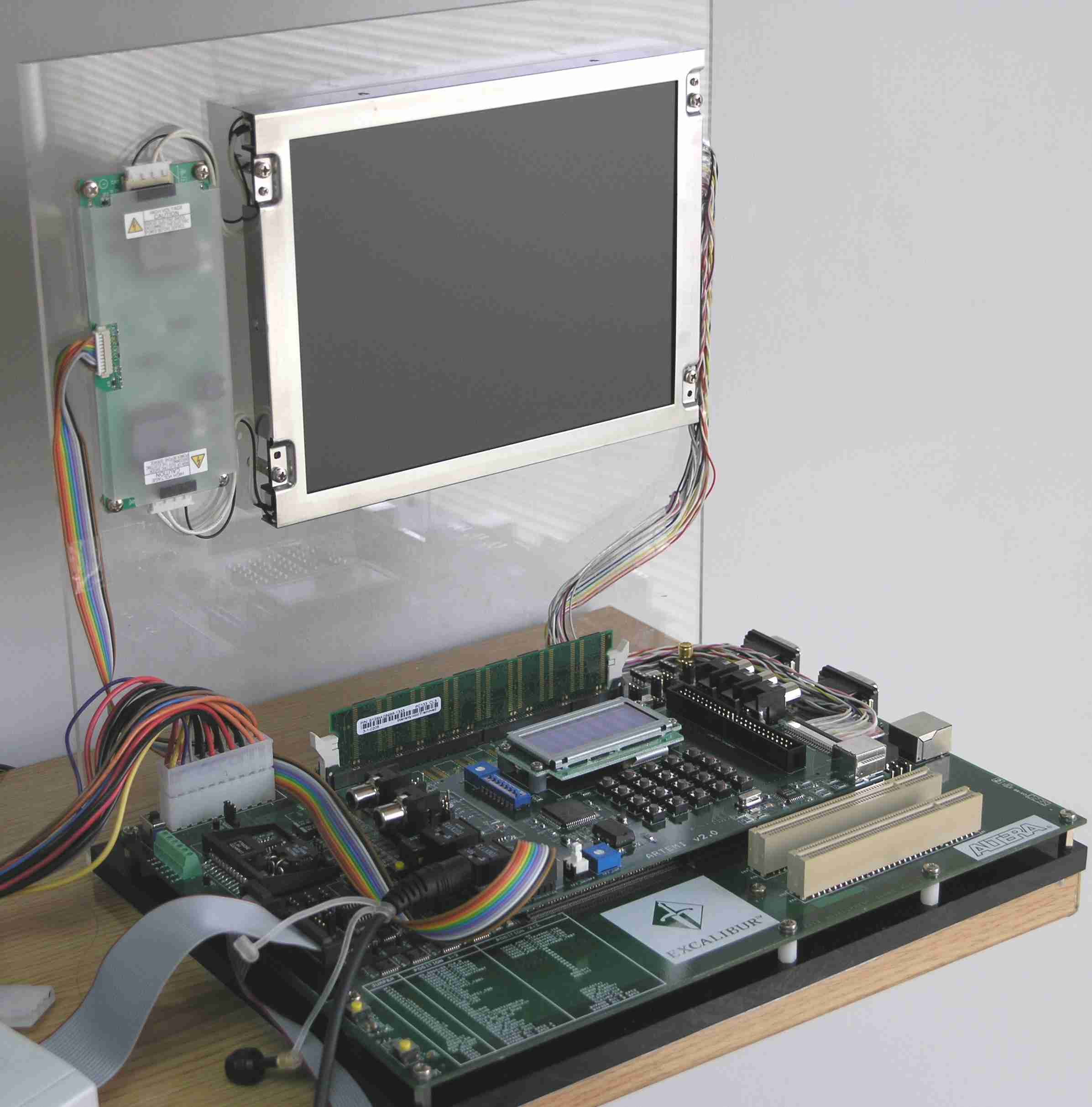In the last 20 years, Image and Video Technologies (TVI) have moved from being focused almost exclusively on television to play a central role in ICT. This fact has been possible due to a set of factors: the remarkable growth of density of integration in digital systems and the associated increment of its computing capacity and portability, the standardization process that have been carried out in all areas related to video and image, and the inclusion of multimedia contents in all the types of communication networks. Nowadays, TVI appears in a great number of new applications, such us mobile multimedia, interactive TV, 3D TV, Internet video streaming, e-books, localization and ground position systems, augmented reality, telemedicine and e-salud. TVI research has a strong presence in national and European research projects.
This line of research seeks to achieve development in two phases, firstly, related to technology and secondly, to applications. In the technological phase, it will research in fields such as codification, transmission, reception and decodification of audio and video information in multimedia systems:
- Video encoding architectures.
- Execution-time optimization in audio and video encoders/decoders on DSP platform
- Encoding standards of emerging video: scalable encoding, multiview encoding, 3D video encoding …
- Architectures based on radio software for multimedia receivers.


Currently, the following lines of research are conducted:
- Digital video encoding:
- For video encoding standards multiprocessor architectures.
- Implementation of HEVC decoder on DSP platform.
- Architectures for 3dtv-TV2D format converters.
- Architectures for HEVC decoding:
- Optimization of consumption in multimedia handheld terminals.
- Estimation of the energy consumption in embedded Multimedia systems.
- Planning of processes with energy criteria in embedded Multimedia systems.
- Application of Control theory to optimization of energy consumption in embedded Multimedia systems.
- Green MPEG: Decoders reconfigurable with Adaptive power consumption.
- Characterization of the energy consumption of a SVC decoder integrated in OMAP.
- Strategic decision making from monitoring and/or technological prediction methodologies.
- Technology for "Smart cities": augmented reality and ambient intelligence.
- For software radio applications multiprocessor architectures.



